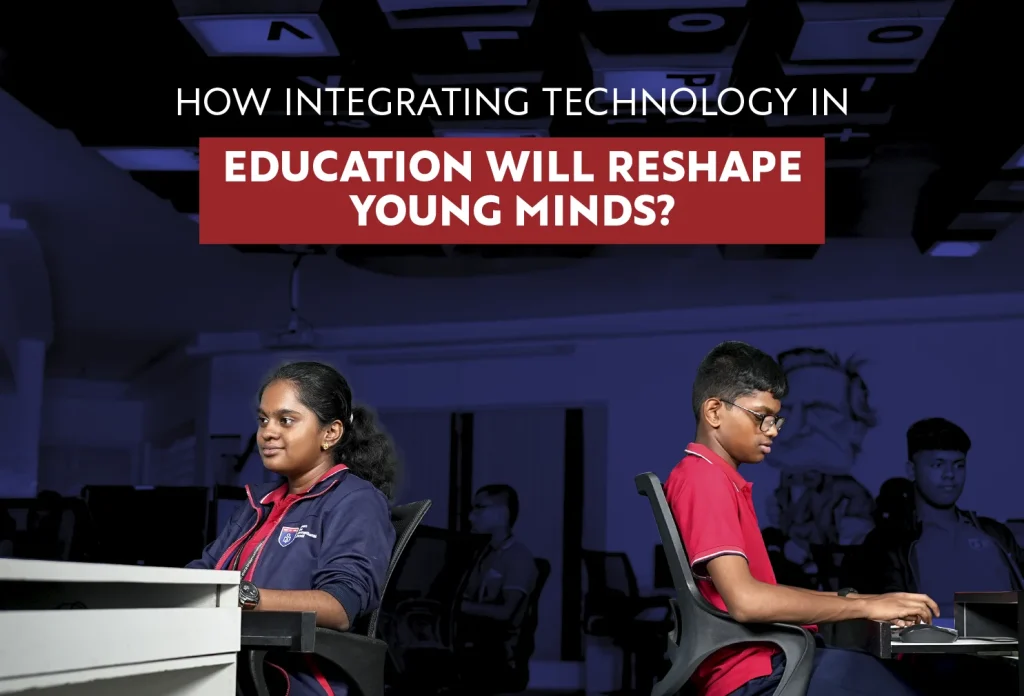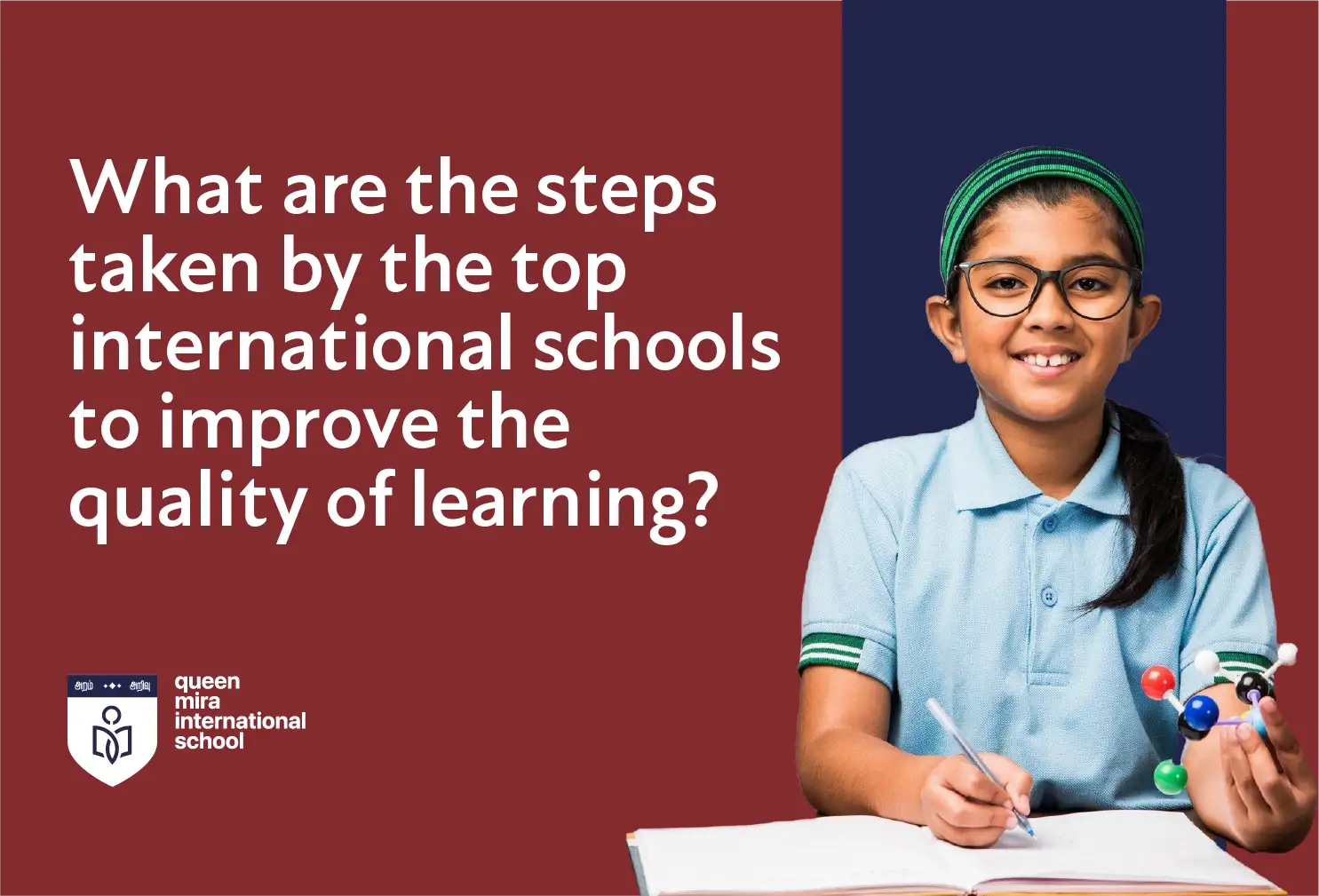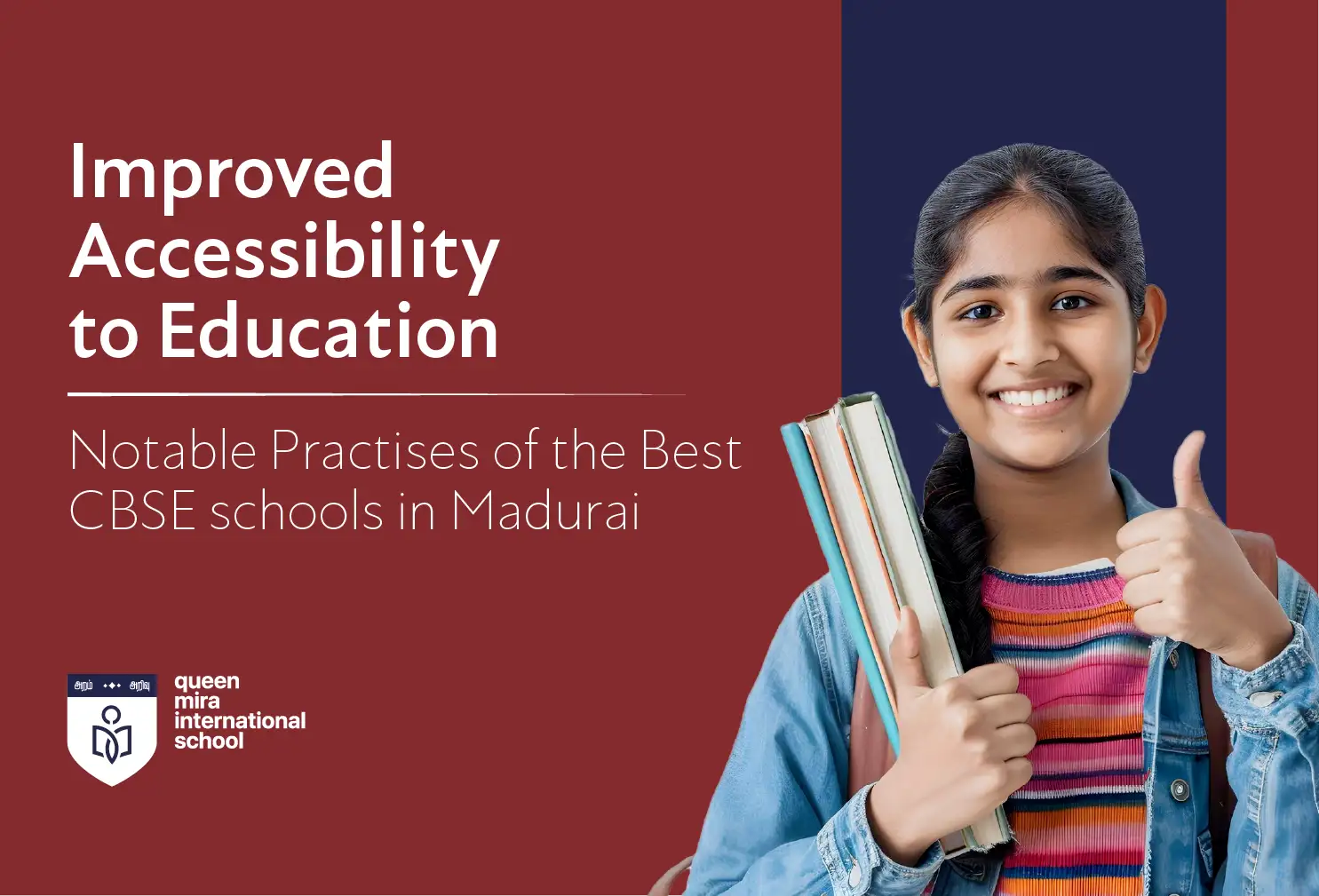The digital era has rendered us helpless without technology, which has drilled its presence even into our education system, but in a favourable way. Students and teachers are also ready to learn, get trained, and adapt to the current trends. Although it is considered a valuable tool, it is essential to use it effectively. Hence, the best schools in India, more so the CBSE schools near me have in place clear learning objectives, employing the apt technology, extending the right training and support for the teachers, and encouraging creativity among students. This blog will brief the ways to integrate technology in education, its many benefits, and the unique initiatives of QMIS, the top international school in Madurai.
Effective methods to integrate technology in education.
Set the learning objectives: A video on ancient Tamil poets narrated in Tamil will be irrelevant in a Geography class, but a virtual tour of the locations on the map will be interesting for the students. So, set the learning goals in the lesson plans and how technology can help in achieving those.
Use educational games: Games and simulations can turn learning interactive and fun-filled. Through educational games, teachers can review and reinforce concepts, or use simulations to let students explore complex concepts in a safe environment.
Provide opportunities to collaborate: Technology can help students to collaborate and work well as a team. These collaborative projects and assignments can promote teamwork and boost creativity.
Providing adequate training is vital: To allow teachers and students to make the best out of technology for effective learning, proper training is essential. Ongoing support will also help students feel confident to use technology and get creative.
Encourage creativity: Technology can instil creativity in the classroom, for instance, through digital tools students can find new sources, and create presentations, and videos. Students find new ways to express their creativity by experimenting with different forms of technology.
Encourage digital citizenship: Integrating technology in education also calls for educating students about digital citizenship and responsible use of technology. The best schools in India ensure teachers are trained to teach students about privacy and digital safety.
Assessing the learning effectiveness: Finally, it is essential to assess the effectiveness of teaching methods using technology. The feedback/suggestions from the middle and higher secondary grade students can be used to make improvements.
Related: Learn how students of QMIS learn problem-solving skills
Benefits of including technology in education.
- Subject learning becomes interesting: STEM learning isn’t complete without integrating digital teaching methods to make it practical, and effective, and improve the classroom experience.
- Teaching turns effective: Digital learning models and simulations let teachers break down complex concepts, use audio-visuals, and supplement with teaching tools to improve retention power.
- Automate tasks: From marking attendance to grading papers, several strenuous and repetitive tasks can be automated, so that teachers get more time to focus on improving their teaching methods or extend support to students.
- Robust assessment strategies: Online educational tools are an effective way to track students’ progress. These tools simplify & automate tasks, and speed up the evaluation process. Online assessments/software offer holistic answers & suggestions and enhance the learning process.
- Personalised teaching methods: Through accurate online assessments, teachers can analyse & assess the student’s performance, track their progress, intervene sooner, and make changes to the teaching techniques. A personalised approach can be devised to address the student’s individual needs and capabilities.
- Improved communication: The communication among students, teachers, and parents can be simplified and improved by using personalised network channels. The best schools in India rely on these digital channels to accurately and promptly communicate updates on assignments, progress cards, or other important announcements, and for students to work on group projects.
- Sources accessibility for all: Technology makes education and its sources accessible to all, at any time, and from anywhere. This availability of online resources has taken several online learning courses or degrees to every corner of the country, allowing every learning enthusiast to use the digital platform as a valuable source.
How does QMIS integrate technology into their teaching methods?
Queen Mira International School is celebrated as the best international school in Madurai for implementing unique student enrichment programs and for educating on and using technology in every facet of their routine. The school strongly believes in and works towards the holistic growth of the students through happy schooling. Being the first CBSE school in the world to be awarded with the CIS accreditation, it has embedded the latest technology and tools to blend the CBSE curriculum with the CIS values to deliver exemplary international education. Whether it is the school’s child safety measures, creating an interactive classroom, linking STEAM sessions, or establishing the DCC (Digital Citizenship Committee), QMIS has used the right technology tools in the right places to elevate the learning experience of the students. Visit the school website to learn about their pioneering teaching techniques that shape the leaders of tomorrow.







